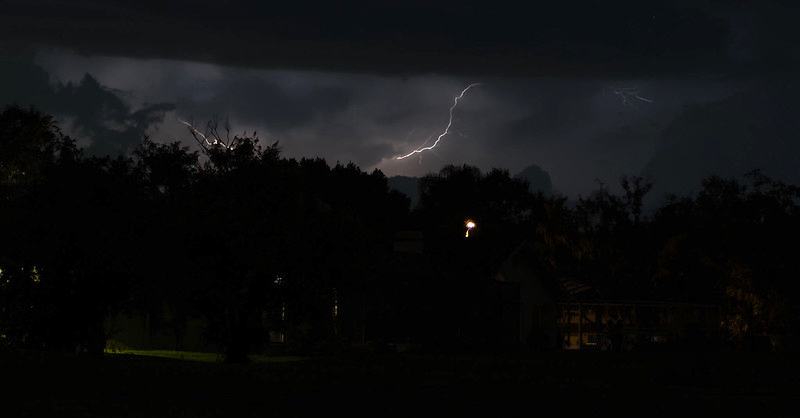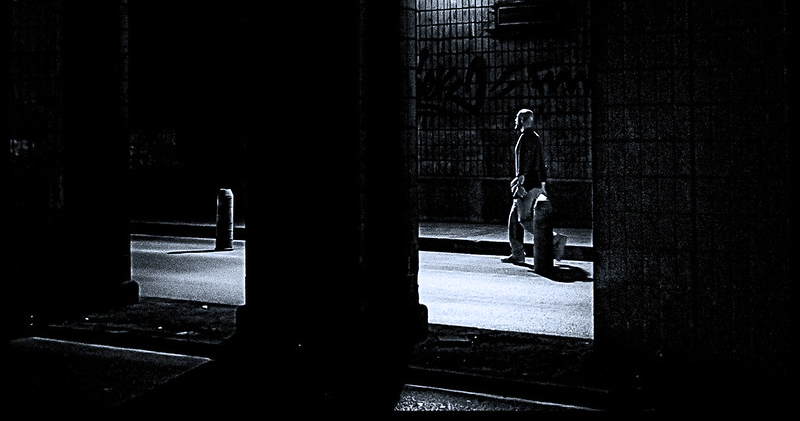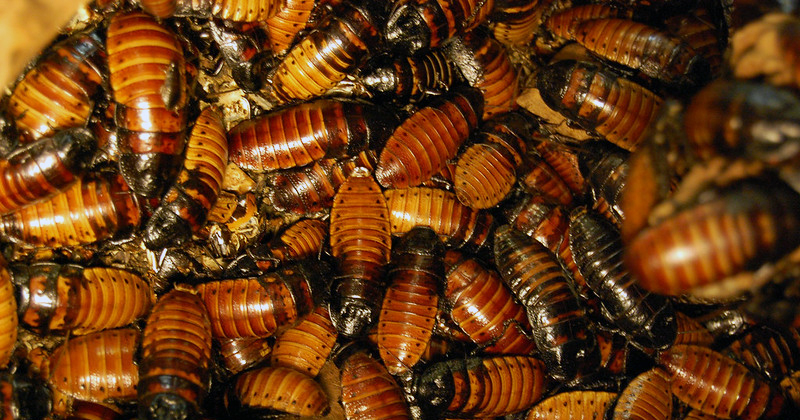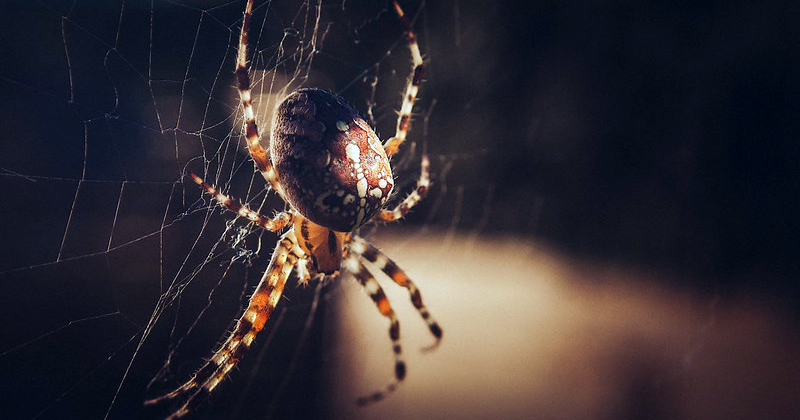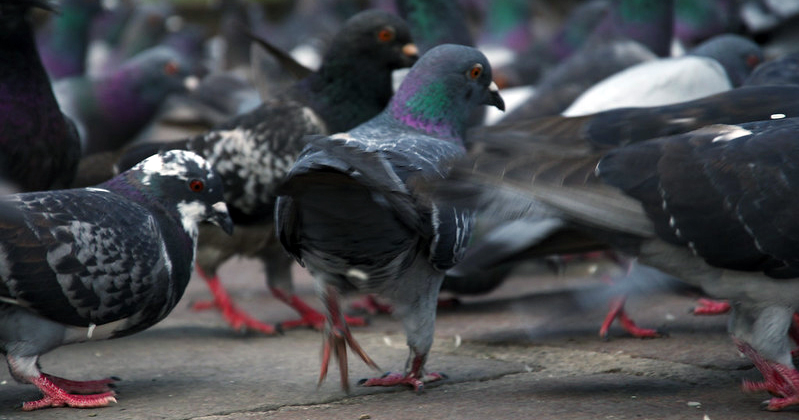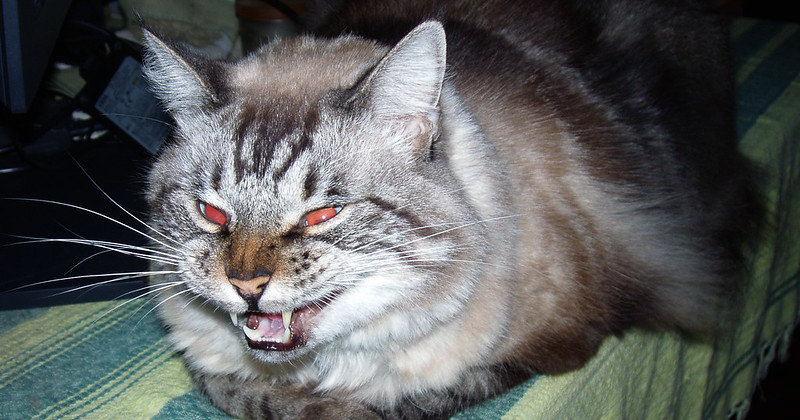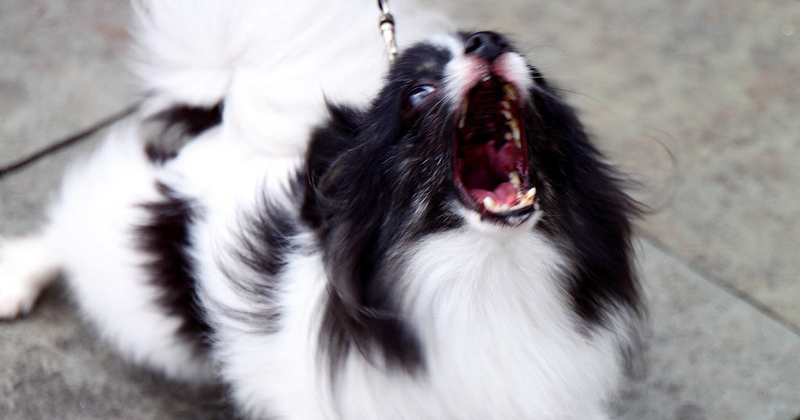Intervention proposal

“All the information contained in this section is for guidance only. Psious environments are therapy supporting tools that must be used by the healthcare professional within an evaluation and intervention process designed according to the characteristics and needs of the user.
Also remember that you have the General Clinical Guide in which you have more information on how to adapt psychological intervention techniques (exposure, systematic desensitization, cognitive restructuring, chip economy…) to Psious environments.”
An example of the Fear intervention to darkness in children
Example protocol designed to be applied on a biweekly or weekly basis, made up of 8 to 12 sessions, lasting 30-45 minutes. A follow-up in 3 to 6 months is recommended.
SESSION 1
- On introducing the virtual reality, show a neutral environment such as an island or underwater in the sea.
- The objective in the opening session is to create a game where the child feels relaxed and is willing to participate. Explain to the child that he is going to meet Psicobot, the teleportation who he/she can use for help when needed, be shown the rooms in the house which they can visit, and gain tokens for exploring the house, which the child can exchange for prizes at the end of the session (in the case of using token economy)…
- When using the token economy, clarify the operating rules before starting the virtual session. Get the child to interact with the environment and collect tokens easily and exchange the tokens for prizes (in the case of using token economy) at the end of the session.
| ITEM | ENVIRONMENT | CONFIGURATION | EVENT |
|---|---|---|---|
| Virtual Reality Presentation | Underwater in the sea | Fish: maximum | |
| Training Zone | Fear of darkness and storms | Cotherapist: Activated Points: easy. Climate: Clear spells | Introduction Teleportation (on child’s request) Help (on child’s request) |
| In the living room | Fear of darkness and storms | Cotherapist: Activated Points: easy. Climate: Clear spells | Introduction Teleportation (on child’s request) Help (on child’s request) |
| In the hall-attic zone | Fear of darkness and storms | Cotherapist: Activated Points: easy. Climate: Clear spells | Teleportation (on child’s request) Help (on child’s request) |
| In the bedroom | Fear of darkness and storms | Cotherapist: Activated Points: easy. Climate: Clear spells | Introduction Teleportation (on child’s request) Help (on child’s request) |
| Lying down on bed | Fear of darkness and storms | Cotherapist: Activated Points: easy. Climate: Clear spells | Introduction Teleportation (on child’s request) Help (on child’s request) Lying down on bed (on child’s request) |
| In the Living room area and dimming the light | Fear of darkness and storms | Cotherapist: Activated Points: easy. Climate: Clear spells | Introduction Teleportation (on child’s request) Help (on child’s request) Ambient light) |
SESSION 2
- Review achievements from the last session and the objectives set in the session: Continue exploring the house to gain tokens and carry out missions with levels of less lighting.
- To favor confrontation and, in particular in the case of implementing emotive performances techniques, games (counterconditioning) could be introduced in the individual spaces. For example, count the number of vases there there are in the living room (5), the number of pictures on the wall in the training zone and in the living room (7)…count the windows in the house, find the contingency/tokens table (bedroom wall) where you can take note of the tokens obtained.
- If you use gradual exposure, playing games or distracting is not recommended, use the tokens as a confrontational reinforcement and repetition as a strategy in promoting the bedroom and end to the conditioned galvanic response sensor. As and from the second session in treatment, introducing the systematic and gradual exposure to the distinct spaces in the house is recommendable. In function with the minor’s progress, reduce the light intensity progressively.
- Use cognitive reconstruction, if necessary.
- Remember you have been given TOKENS, set up a token economy, if need be, so that confrontational behavior can be positively reinforced. In the beginning, exchanging tokens for prizes is recommendable at the end of the session.
HOMEWORK
Programme activities to be carried out with the parents and the minor between sessions. These activities should be similar to the ones carried out by the healthcare professional via VR. For example, when it’s night-time, using enough lighting, go through the individual rooms in the house, and play teleportation, looking for a specific toy that has been previously hidden by the parents.
If you are using the token economy, using tokens at home is also recommendable: for finding toys and exploring the rooms. Teach the parents never to force the child to do something he/she does not want to do. Whether scenes such as those which are used in gradual exposure are applied, it would also be a good idea for the parents to be present for the sessions so they can see how the coping develops during the VR sessions.
| ITEM | ENVIRONMENT | CONFIGURATION | EVENT |
|---|---|---|---|
| Training zone | Fear of darkness and storms | Cotherapist: Activated Points: easy. Climate: Mild | Introduction Teleportation (on child’s request) Help (on child’s request) |
| In the hall-attic area | Fear of darkness and storms | Cotherapist: Activated Points: easy. Climate: Mild | Teleportation (on child’s request) Help (on child’s request) Ambient light 75% |
| In the bedroom | Fear of darkness and storms | Cotherapist: Activated Points: easy. Climate: Mild | Teleportation (on child’s request) Help (on child’s request) Ambient light 75% |
| Lying down on the bed | Fear of darkness and storms | Cotherapist: Activated Points: easy. Climate: Mild | Teleportation (on child’s request) Help (on child’s request) Lying down on bed (on child’s request) Ambient light 75% |
SESSION 3 TO SESSION N
- Review achievements from the last session, go over the activities done at home and objectives set in the last session: Continue exploring the house to gain tokens and carry out missions.
- Emotive performance techniques/Gradual and systematic exposure to the distinct spaces in the house. In function with the minor’s progress, gradual light intensity reduction. REMEMBER BY SETTING THE TOKENS CONFIGURATION SETTINGS (Easy, Medium, Difficult) YOU WILL IN TURN INCREASE THE TIME SPENT IN GAINING TOKENS.
- Cognitive reconstruction, if necessary.
- To favor confrontation and, in particular in the case of implementing emotive performances techniques, games (counterconditioning) could be introduced in the individual spaces. Be creative by offering a variety of games, get the child to make suggestions…
- If you use gradual exposure playing games or distracting the child will not be necessary, use the tokens system as a confrontational reinforcement and repetition as a strategy in promoting the bedroom and end the conditioned response.
- If you have used a token economy, within the last 2-3 sessions schedule a fading to the token economy: the exchanging of tokens for prizes becomes further apart and reinforcement becomes more social, from the environment itself (child’s autonomy) and self-administered.
HOMEWORK
When based on the emotive performance technique, continue with the kitchen, which will not be accessible, will also be visible from the zones described above, starting at the training zone.
FINAL SESSION
Review achievements and objectives set from the previous session. Lie down on bed with the light turned off (to proceed use rain and even storms if needed).
- Systematic and Gradual exposure/Emotive performances techniques to distinct spaces in the house. ”Tokens” configuration settings in difficult mode and lights offs. Cognitive reconstruction, and proceed.
- If you have used environment tokens to carry out a token economy, make sure it has been completely withdrawn: behaviors are maintained from natural and social effort and not from exchanging tokens.
- Arrange a follow-up within 3, 6 months.
| ITEM | ENVIRONMENT | CONFIGURATION | EVENT |
|---|---|---|---|
| Training zone | Fear of darkness and storms | Cotherapist: Activated Points: Difficult. Climate: Storms | Introduction Teleportation (on child’s request) Help (on child’s request) |
| Living room | Fear of darkness and storms | Cotherapist: Activated Points: Difficult. Climate: Storms | Teleportation (on child’s request) Help (on child’s request) Ambient Light 25-0% |
| In the hall-bathroom zone | Fear of darkness and storms | Cotherapist: Activated Points: Difficult. Climate: Storms | Introduction Teleportation (on child’s request) Help (on child’s request) |
| In the hall-attic zone | Fear of darkness and storms | Cotherapist: Activated Points: Difficult. Climate: Storms | Teleportation (on child’s request) Help (on child’s request) Ambient Light 25-0% |
| In the bedroom | Fear of darkness and storms | Cotherapist: Activated Points: Difficult. Climate: Storms | Teleportation (on child’s request) Help (on child’s request) Ambient Light 25-0% |
| Lying down on the bed | Fear of darkness and storms | Cotherapist: Activated Points: Difficult. Climate: Storms | Teleportation (on child’s request) Help (on child’s request) Lying down on bed (on child’s request) Ambient Light 25-0% |
PLEASE REFER TO OUR CLINICAL GUIDE ON OBSERVATIONAL EVIDENCE THERAPEUTIC PROCEDURES AND HOW TO ADAPT THE INTERVENTION TO VIRTUAL REALITY ENVIRONMENTS WITH PSIOUS
An example of Fear Intervention to storms in adults
Example protocol designed to be applied on a biweekly or weekly basis, made up of 6 to 8 sessions, lasting 30- 45 minutes. A follow-up in 3 to 6 months is recommended.
SESSION 1
- Inform the patient about fear of storms (Causes, symptoms, prevalence…)
- Present and show sufficient grounds for the techniques that are used overtime in the treatment: virtual reality exposure and exposure in vivo…
- Exposure hierarchy development and hierarchy item exposure development from 20-30 USA’s.
- Start exposure hierarchy with an item close to USA’s 30. The main objective is to familiarize the patient with the virtual reality and the working dynamics.
| ITEM | ENVIRONMENT | CONFIGURATION | EVENT |
|---|---|---|---|
| Training zone. In the dining room | Fear of darkness and storms | Cotherapist: deactivated Points: easy. Climate: Clear spells | Teleportation (on adult’s request) |
| In the living room without light turned on | Fear of darkness and storms | Cotherapist: deactivated Points: easy. Climate: Clear spells | Teleportation (on adult’s |
| Hall-attic without light turned on | Fear of darkness and storms | Cotherapist: deactivated Points: easy. Climate: Clear spells | Teleportation (on adult’s |
| In the bedroom at night without light turned on | Fear of darkness and storms | Cotherapist: deactivated Points: easy. Climate: Clear spells | Teleportation (on adult’s request) |
| Lying down on the bed at night | Fear of darkness and storms | Cotherapist: deactivated Points: easy. Climate: Clear spells | Lying down on bed (on adult’s request) |
SESSION 2
- Review achievements and objectives set from the previous session: reduce light in the environments and increase rain intensity.
- From the second treatment session, it is recommended to start systematic and gradual exposure in light of virtual reality environments. Cognitive reconstruction, if applicable.
- Show clinical progress to the patient, using the reports provided in the platform. Reveal clinical progress to the patient, using the reports provided in the platform.
HOMEWORK
Covert and/or assisted exposure by computer to the sound of rain (light-moderate) with heavy overcast imaging. Foster in vivo exposure.
| ITEM | ENVIRONMENT | CONFIGURATION | EVENT |
|---|---|---|---|
| In the living room with dim light and raining. | Fear of darkness and storms | Cotherapist: deactivated Points: easy. Climate: rain | Teleportation (on adult’s request) Ambient light 50% Rain intensity 30% |
| Hall-attic zone with dim light and raining | Fear of darkness and storms | Cotherapist: deactivated Points: easy. Climate: rain | Teleportation (on adult’s request) Ambient light 50% Rain intensity 30% |
| Bedroom with dim light and raining | Fear of darkness and storms | Cotherapist: deactivated Points: easy. Climate: rain | Teleportation (on adult’s request) Ambient light 50% Rain intensity 30% |
| Lying down on bed with dim light and raining | Fear of darkness and storms | Cotherapist: deactivated Points: easy. Climate: rain | Lying down on bed (on adult’s request) Ambient light 50% Rain intensity 30% |
| In the living room with dim light and raining | Fear of darkness and storms | Cotherapist: deactivated Points: easy. Climate: rain | Teleportation (on adult’s request) Ambient light 50% Rain intensity 50% |
| Hall-attic zone with dim light and raining | Fear of darkness and storms | Cotherapist: deactivated Points: easy. Climate: rain | Teleportation (on adult’s request) Ambient light 50% Rain intensity 50% |
| Bedroom with dim light and raining | Fear of darkness and storms | Cotherapist: deactivated Points: easy. Climate: rain | Teleportation (on adult’s request) Ambient light 50% Rain intensity 50% |
| Lying down on bed with dim light and raining | Fear of darkness and storms | Cotherapist: deactivated Points: easy. Climate: rain | Lying down on bed (on adult’s request) Ambient light 50% Rain intensity 50% |
SESSION 3
- Review achievements and objectives set from the previous session: reduce light in the environments and increase rain/storm intensity.
- Systematic and gradual exposure in light of virtual reality environments. Cognitive reconstruction, if applicable.
- Show clinical progress to the patient, using the reports provided in the platform.
HOMEWORK
Covert and/or computer-assisted exposure to the sound of rain (light-moderate) with heavy overcast imaging.
| ITEM | ENVIRONMENT | CONFIGURATION | EVENT |
|---|---|---|---|
| Training zone with dim light and moderate rain | Fear of darkness and storms | Cotherapist: deactivated Points: easy. Climate: Storms | Teleportation (on adult’s request) Ambient light 50% Rain intensity 30% |
| Hall-bathroom zone with dim light and moderate rain | Fear of darkness and storms | Cotherapist: deactivated Points: easy. Climate: Storms | Teleportation (on adult’s request) Ambient light 50% Rain intensity 30% |
| Bedroom with dim light and moderate rain | Fear of darkness and storms | Cotherapist: deactivated Points: easy. Climate: Storms | Teleportation (on adult’s request) Ambient light 50% Rain intensity 30% |
| Lying down on bed with dim light and heavy rain | Fear of darkness and storms | Cotherapist: deactivated Points: easy. Climate: Storms | Lying down on bed (on adult’s request) Ambient light 50% Rain intensity 30% |
| In the living room with dim light and heavy rain | Fear of darkness and storms | Cotherapist: deactivated Points: easy. Climate: Storms | Teleportation (on adult’s request) Ambient light 50% Rain intensity 70% |
| Hall-attic with dim light and heavy rain | Fear of darkness and storms | Cotherapist: deactivated Points: easy. Climate: Storms | Teleportation (on adult’s request) Ambient light 50% Rain intensity 30% |
| Bedroom with dim light and heavy rain | Fear of darkness and storms | Cotherapist: deactivated Points: easy. Climate: Storms | Teleportation (on adult’s request) Ambient light 50% Rain intensity 70% |
| Lying down in bed with dim light and heavy rain | Fear of darkness and storms | Cotherapist: deactivated Points: easy. Climate: Storms | Lying down on bed (on adult’s request) Ambient light 50% Rain intensity 70% |
SESSION 4
- Review achievements and objectives set from the previous session: reduce light in the environments and increase rain/storm intensity (intense).
- Systematic and gradual exposure in light of virtual reality environments. Cognitive reconstruction, and proceed.
- Repeat each exercise twice.
- Reveal clinical progress to the patient, using the reports provided in the platform.
HOMEWORK
Covert and/or assisted exposure by computer to the sound of rain (light-moderate) with heavy overcast imaging. Foster in vivo exposure.
| ITEM | ENVIRONMENT | CONFIGURATION | EVENT |
|---|---|---|---|
| Training zone with light rain and storms | Fear of darkness and storms | Cotherapist: deactivated Points: easy. Climate: Storms | Teleportation (on adult’s request) Ambient light 50% Rain intensity 80% |
| Living room with dim light and scant storms | Fear of darkness and storms | Cotherapist: deactivated Points: easy. Climate: Storms | Teleportation (on adult’s request) Ambient light 25% Rain intensity 80% |
| Hall-attic zone with dim light and scant storms | Fear of darkness and storms | Cotherapist: deactivated Points: easy. Climate: Storms | Teleportation (on adult’s request) Ambient light 25% Rain intensity 80% |
| Bedroom with dim light and scant storms | Fear of darkness and storms | Cotherapist: deactivated Points: easy. Climate: Storms | Teleportation (on adult’s request) Ambient light 25% Rain intensity 80% |
| Lying down on the bed with dim light and scant storms | Fear of darkness and storms | Cotherapist: deactivated Points: easy. Climate: Storms | Lying down on bed Ambient light 50% Rain intensity 80% |
SESSION 5
- Review achievements and objectives set from the previous session: reduce light in the environments and increase rain/storm intensity (very intense).
- Systematic and gradual exposure in light of virtual reality environments. Cognitive reconstruction, and proceed.
- Repeat each exercise twice.
- Reveal clinical progress to the patient, using the reports provided in the platform.
HOMEWORK
Covert and / or computer-assisted exposure to the sound of light-moderate rain) and images of very cloudy skies. Promote live exhibition.
| ITEM | ENVIRONMENT | CONFIGURATION | EVENT |
|---|---|---|---|
| Training zone with dim light and very intense storms | Fear of darkness and storms | Cotherapist: deactivated Points: easy. Climate: Storms | Teleportation (on adult’s request) Ambient light 25-0% Rain intensity 90%-100 |
| Living room with dim light and very intense storms | Fear of darkness and storms | Cotherapist: deactivated Points: easy. Climate: Storms | Teleportation (on adult’s request) Ambient light 25-0% Rain intensity 90% |
| Hall-attic with dim light and very intense storms | Fear of darkness and storms | Cotherapist: deactivated Points: easy. Climate: Storms | TTeleportation (on adult’s request) Ambient light 25-0% Rain intensity 90%-100 |
| Hall-bathroom with dim light and very intense storms | Fear of darkness and storms | Cotherapist: deactivated Points: easy. Climate: Storms | Teleportation (on adult’s request) Ambient light 25-0% Rain intensity 90%-100 |
| Bedroom with dim light and very intense storms | Fear of darkness and storms | Cotherapist: deactivated Points: easy. Climate: Storms | Teleportation (on adult’s request) Ambient light 25-0% Rain intensity 90%-100 |
| Lying down on bed with dim light and very intense rain | Fear of darkness and storms | Cotherapist: deactivated Points: easy. Climate: Storms | Lying down on bed Ambient light 25-0% Rain intensity 90%-100 |
SESSIONS 6 & 7
- Review achievements from previous session and set objectives for current session: generalization and overlearning.
- Systematic and gradual exposure in light of virtual reality environments. Cognitive reconstruction, and proceed.
- Repeat each exercise twice, in function with levels of discomfort.
- Reveal clinical progress to the patient, using the reports provided in the platform.
- Foster in vivo exposure and set follow-up at 3-6 months.
| ITEM | ENVIRONMENT | CONFIGURATION | EVENT |
|---|---|---|---|
| At home watching television and it’s raining. One family member is not at home | Generalized Anxiety | Concerns about family | Reproduce |
| At home, just on way to do some errands. TV weather forecast warns of storms | Fear of flying | At home: daytime, rain | Forecast |
| Driving in the city at night in a storm. | Fear of driving | City: night, rain, maximum, driving, minimum | Circuit 1 |
| Driving on the road at night in a storm | Fear of driving | Road, night, rain, driver, show, hide. | Highway, Medium speed,Bends |
| Taking a taxi by day in a storm | Fear of flying | On the way to the airport: day, rain. | Weather forecast on radio |
| At the airport, going to travel in bad weather | Fear of flying | Boarding area:day, rain, maximum | Window, Boarding call |
| Traveling on a plane in bad weather | Fear of flying | Plane:maximum day, rain, window,middle,off | |
| Traveling on a plane in bad weather | Fear of flying | Plane:maximum, storm,- day window, behind,off | Taxi, Landing |
| Traveling on a plane in bad weather | Fear of flying | Plane: maximum, storm,day window, behind,off | Flight, Take-off, Light,Turbulences |
